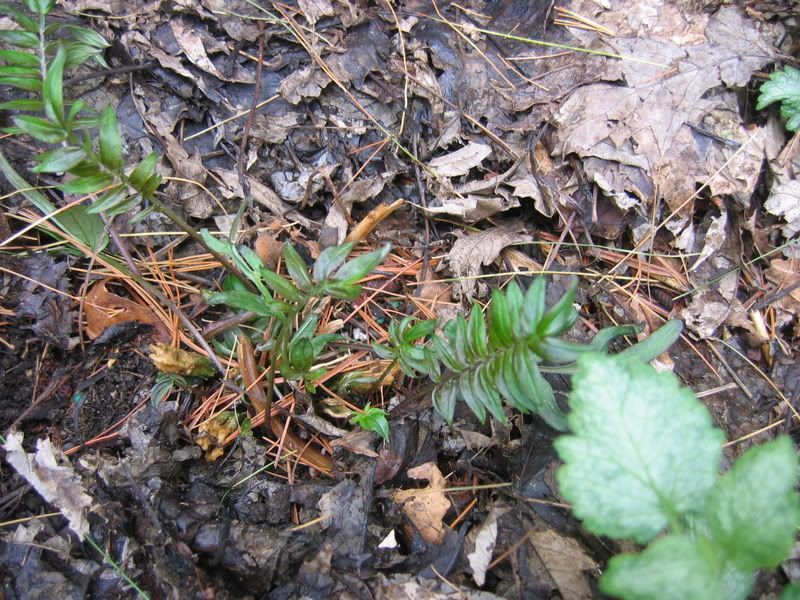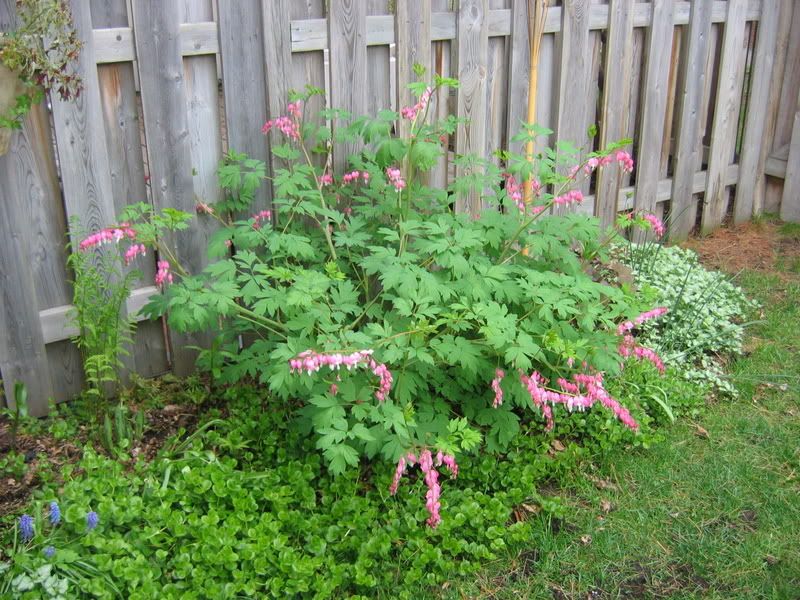When I hear the word "squill", it evokes in me images of something vaguely unpleasant, perhaps squirmy and slug-like. Fortunately, the pretty little spring flowers so named are much more pleasant to look at. They are known as good naturalizers but I do believe I'll help nature along by ordering an extra set of bulbs this fall. You can't have too many of these little beauties.

This is Siberian squill, or Scilla siberica. The vibrant blue is a welcome jolt of colour in a spring garden, and blue marries so nicely with almost any other colour that might be popping up. Some people grow these in their lawns, but I find that they are still going strong by the time the first mowing is due, so I prefer to leave them in the flower beds where they can continue unmolested.
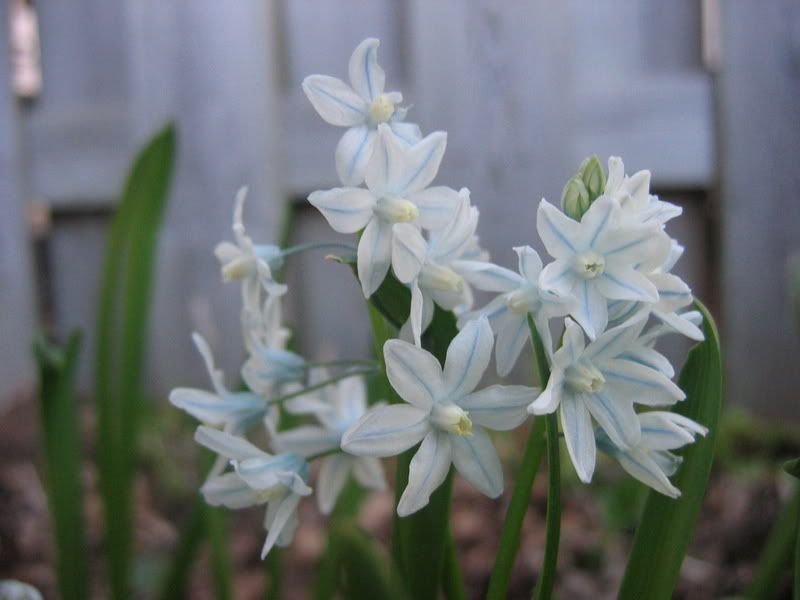
Striped squill are lovely little white flowers striped with pale blue, which gives them an almost ethereal quality. They flopped over a bit in my back yard, probably from insufficient sunlight. I'll try to find them a slightly sunnier spot. Still, they were a joy.
As you may suspect, these are not the freshest of pictures. I'm running a bit behind here, and most of my squill have finished blooming especially in the front, where spring comes a bit sooner.
Some of you are wondering (those of you who actually read titles): but what about the friends? Here they are:
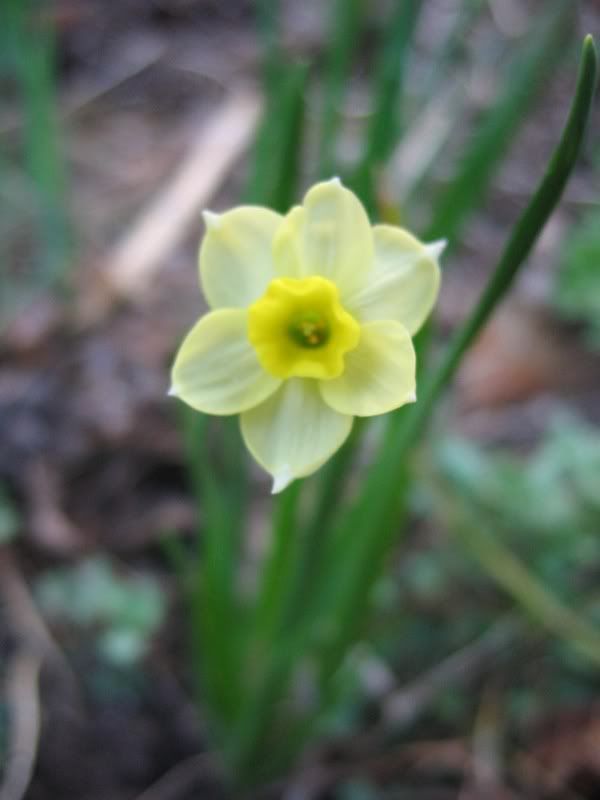
Minnow is a mini daffodil that hasn't really captured my heart. Many of them didn't bloom for me, and I found the colour uninspiring. In a close-up, it doesn't look bad. In the garden, it looked washed out. This one is not joining my must-have list.
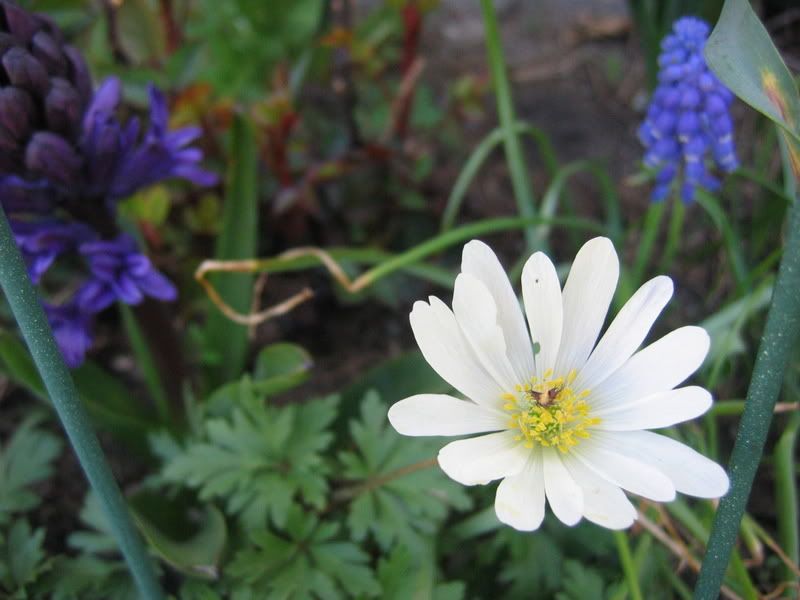
Squirrels appear to be very attracted to Anemone blanda bulbs. Last year not a single one came up. Being a bear for punishment, I tried again, and this time about half of them survived the loving attentions of the tree rodents. I love the brilliant white, especially next to the deep purple blooms of the hyacinth you can see off to the left. I do hope it succeeds in spreading.
Technorati tag: Squill, Daffodils, Anemones



